

Ask questions about your myosh data
Connect myosh to Filament and turn complex dashboards, analytics, and business intelligence into a simple conversation. No spreadsheets. No setup. Just instant answers.
myosh tracks workplace incidents and competency records, but understanding how safety performance correlates with workforce changes, project timelines, or operational costs requires connecting to your HR systems and project management tools. Filament links myosh data to your other business platforms and answers questions about incident trends, compliance gaps, and safety ROI in plain English.
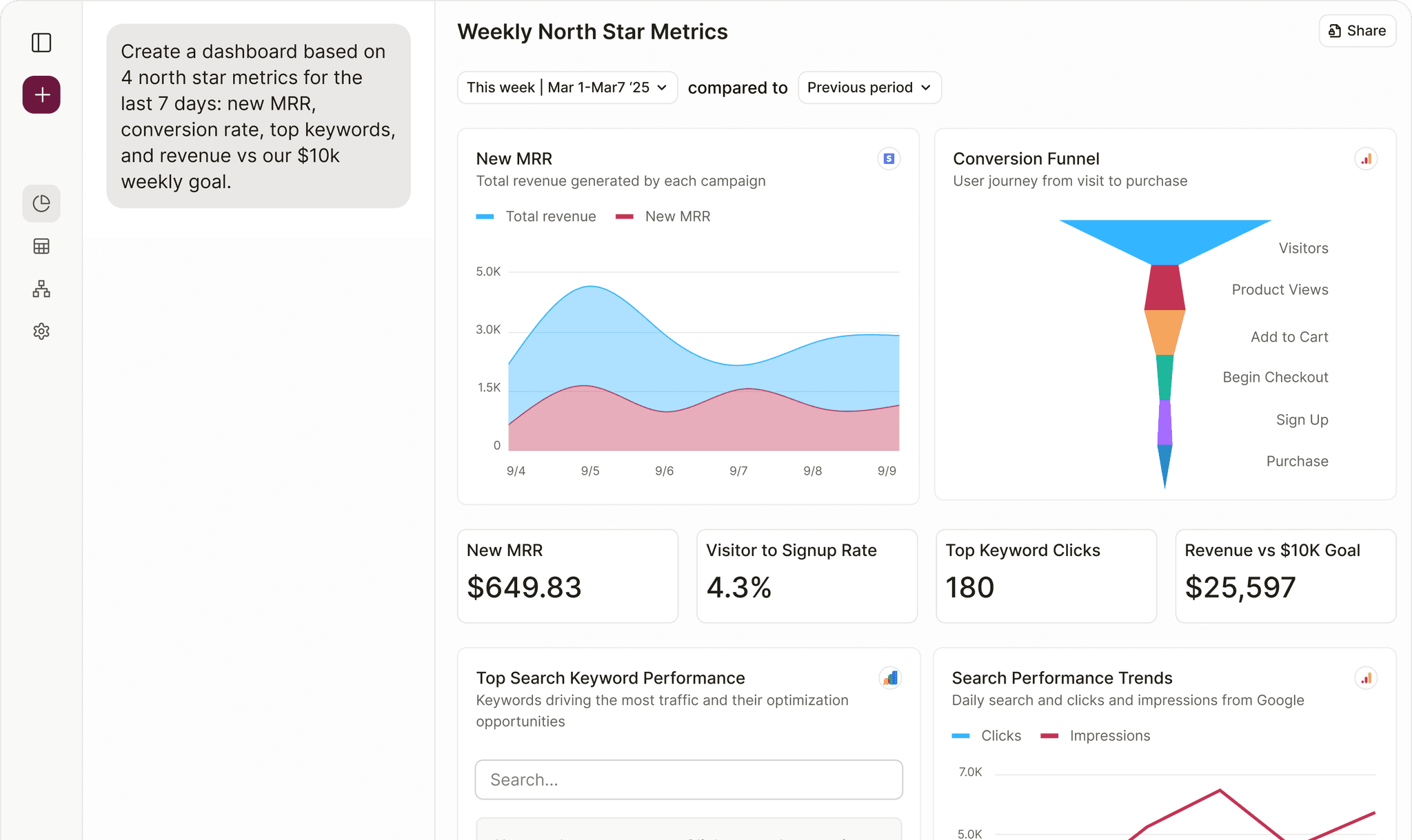
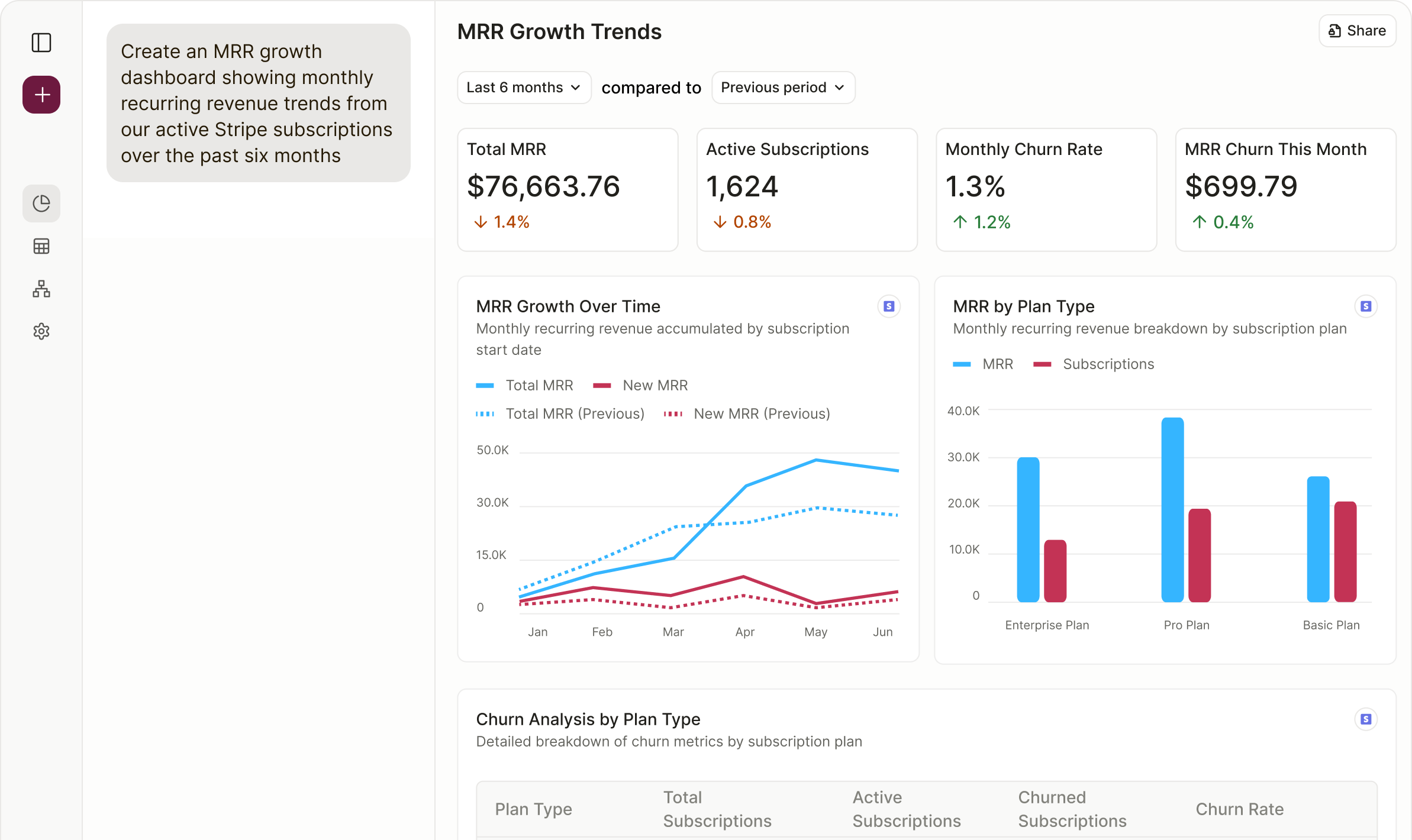
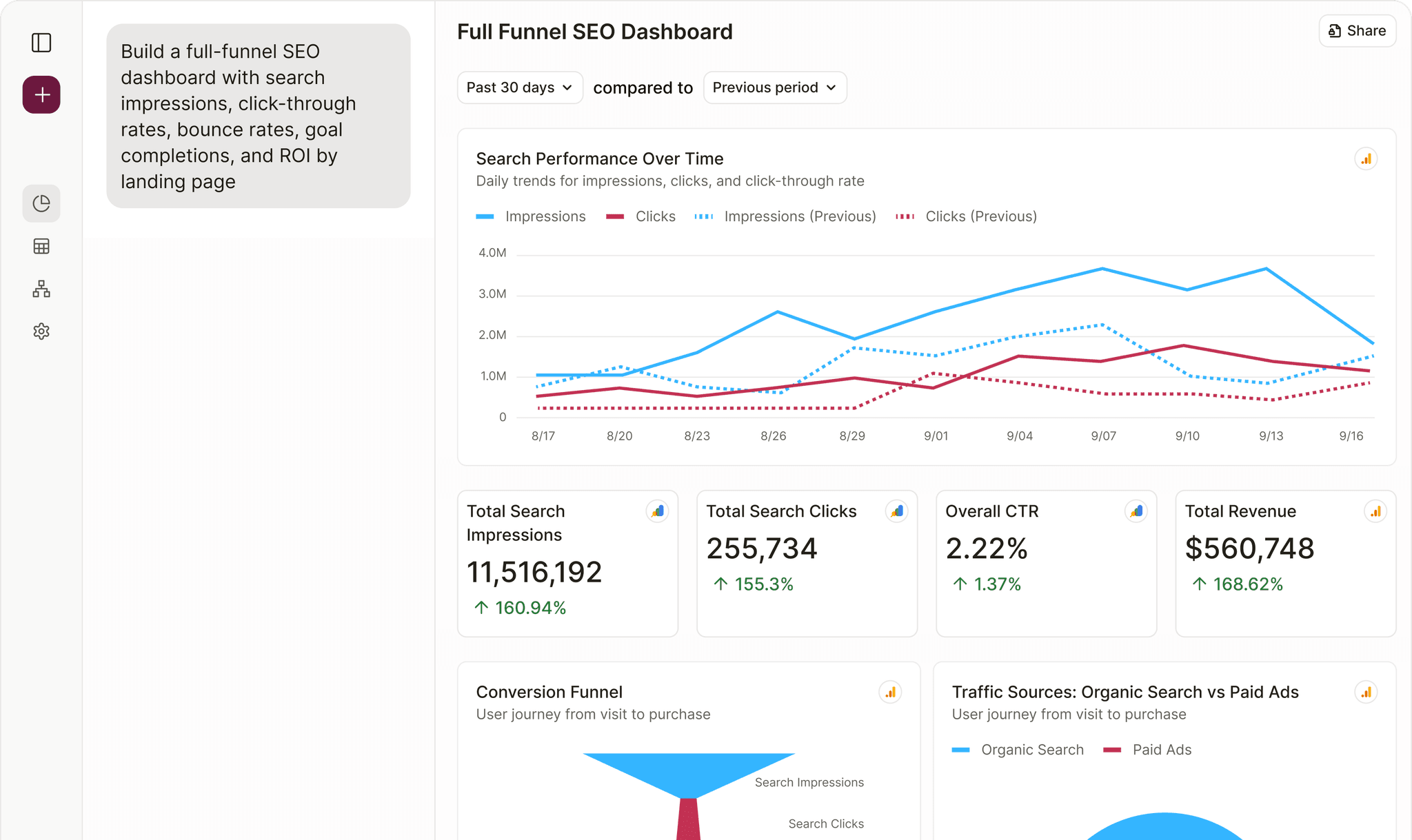
Track myosh KPIs with Filament Analytics
Connect your myosh account to Filament and instantly track your most important KPIs. All in plain English dashboards that update automatically.
View documentationKey myosh metrics you can track in Filament:
Combine myosh with other data sources
Your business runs on more than one app, and your analytics should too. With Filament, myosh lives side-by-side with sales, finance, and customer tools. Bring it all together in one intelligent workspace and finally see the full picture.














































































Your myosh data gets even more powerful when combined with other tools:
myosh + BambooHR
Connect myosh incident records with BambooHR employee data to see which departments or roles have the highest injury rates, track how turnover affects safety performance, and identify training needs by analyzing incidents against tenure and job function.
myosh + Jira
Connect myosh risk assessments with Jira project tickets to see how construction phases or operational changes correlate with incident rates, track whether safety issues delay project timelines, and monitor corrective action completion alongside project milestones.
myosh + Xero
Connect myosh incident data with Xero financial records to calculate the true cost of workplace injuries including workers compensation, lost productivity, and equipment damage, and see how safety investments affect your bottom line across different sites or periods.
Benefits of Filament's myosh Integration
Ask in plain English
Start with a question like 'How did MRR trend last year?' and you'll get an instant dashboard from across your apps. No configuration, no code.
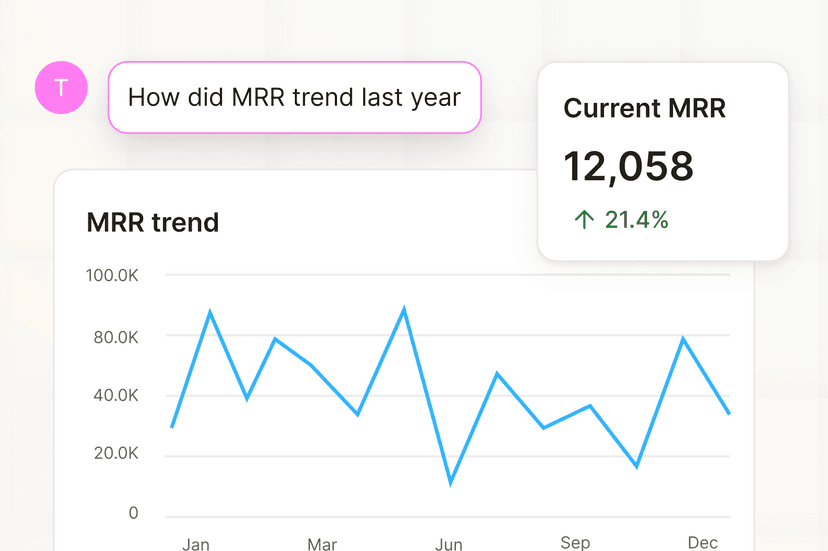
No setup
Filament is like Looker Studio or PowerBI, but it will set itself up. It understands your data, and automatically connects the dots.
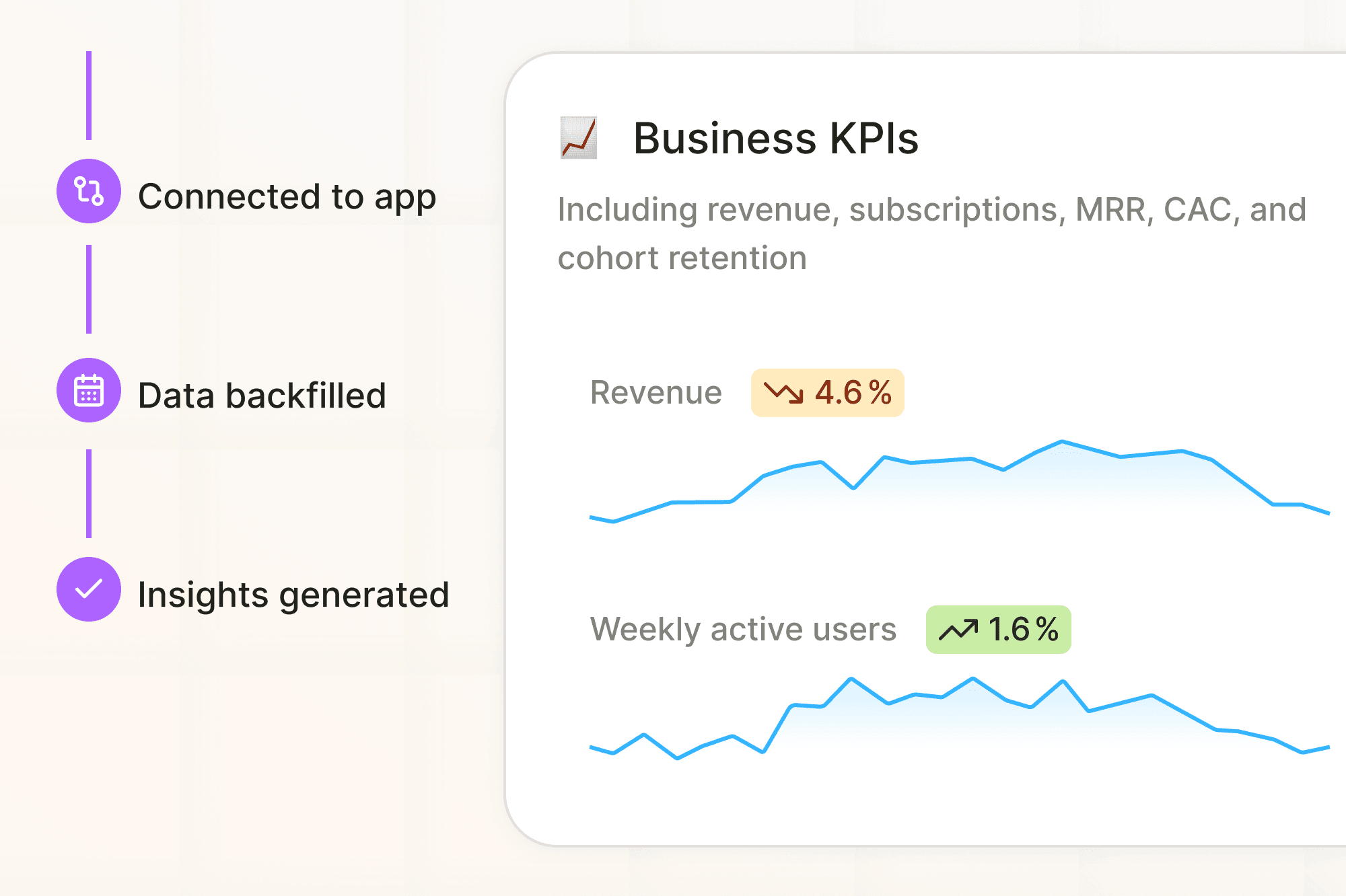
Gets smarter over time
Filament remembers your context and preferences, so you spend less time explaining and answers that align with your goals.
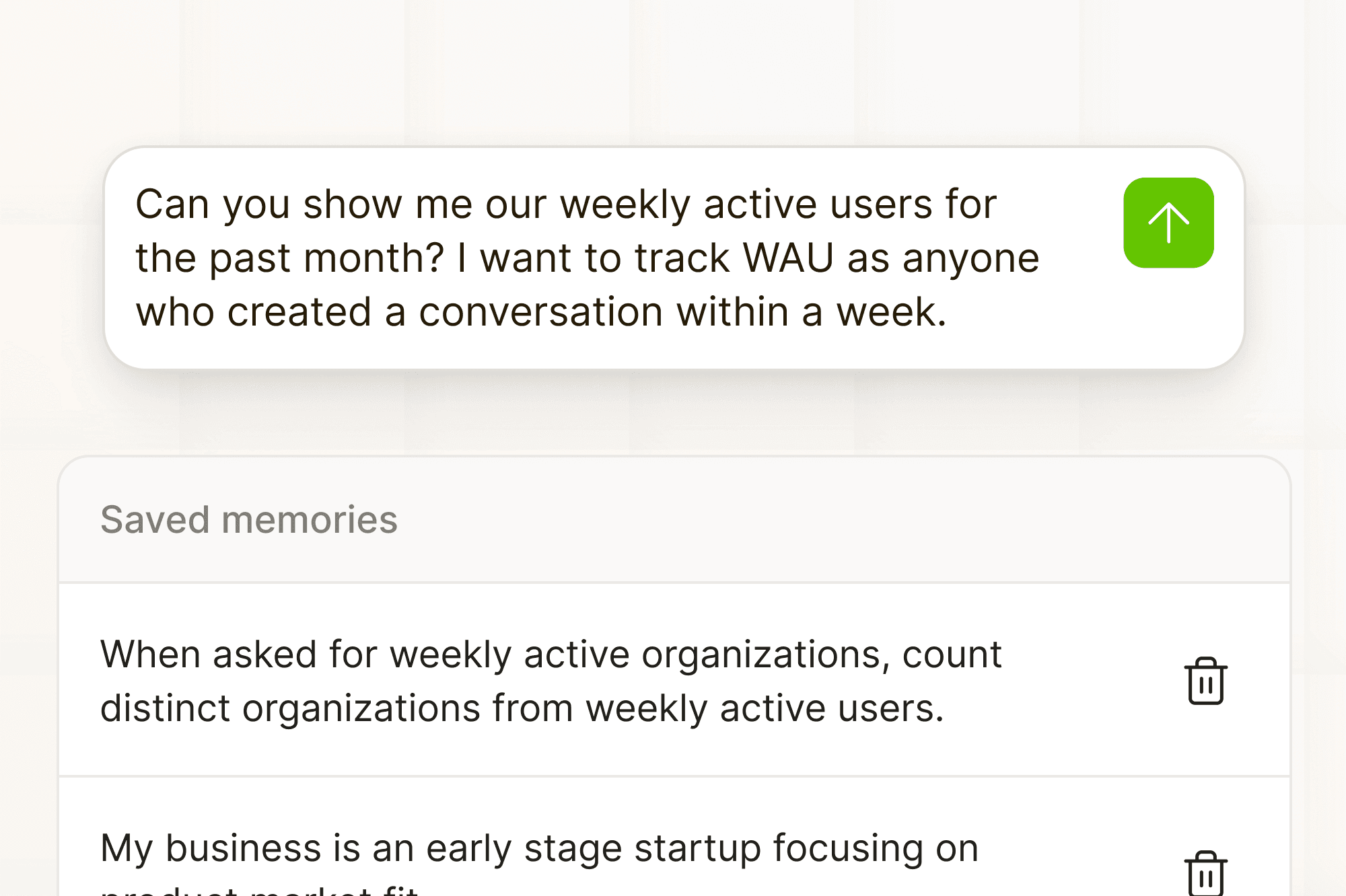
How it works
Step 1: Connect your myosh account
Connect your myosh account to Filament and get instant access to your data. No technical setup required.
Step 2: Ask questions about your myosh data
Start asking questions like "Which campaigns drive the most qualified leads?"
Step 3: Build myosh dashboards in minutes
Get tailored insights instantly and share them with your team.
Better business decisions with AI Analytics
How to get more from your data
Most teams only scratch the surface of what's possible with their data. Reports get buried in dashboards, exports pile up in spreadsheets, and critical insights never reach decision-makers. Filament changes that.
With Filament, your data is analyzed by an AI data analyst that understands plain English. Instead of struggling with complex BI tools or waiting for reports, you can instantly ask questions about revenue, marketing performance, customer engagement, or retention, and get clear answers in seconds.
Because Filament connects data across marketing, product, CRM, and finance systems, it helps you answer the bigger questions that traditional dashboards can't:
- Which campaigns and channels actually drive revenue growth?
- How does user engagement translate into pipeline or sales performance?
- Where are we losing efficiency between acquisition, retention, and finance?
By combining AI-powered reporting, conversational dashboards, and cross-platform integration, Filament helps you move beyond surface-level metrics and uncover the insights that drive smarter, faster business decisions.
Enterprise-grade security
Complete data isolation, data encryption at rest and in-transit, and secure, accredited cloud providers keep your organisation's data protected. We never use your data for AI training or share it with third parties.
Learn more about securitymyosh integration FAQ
Everything you need to know about connecting myosh with Filament and getting the most out of your data.